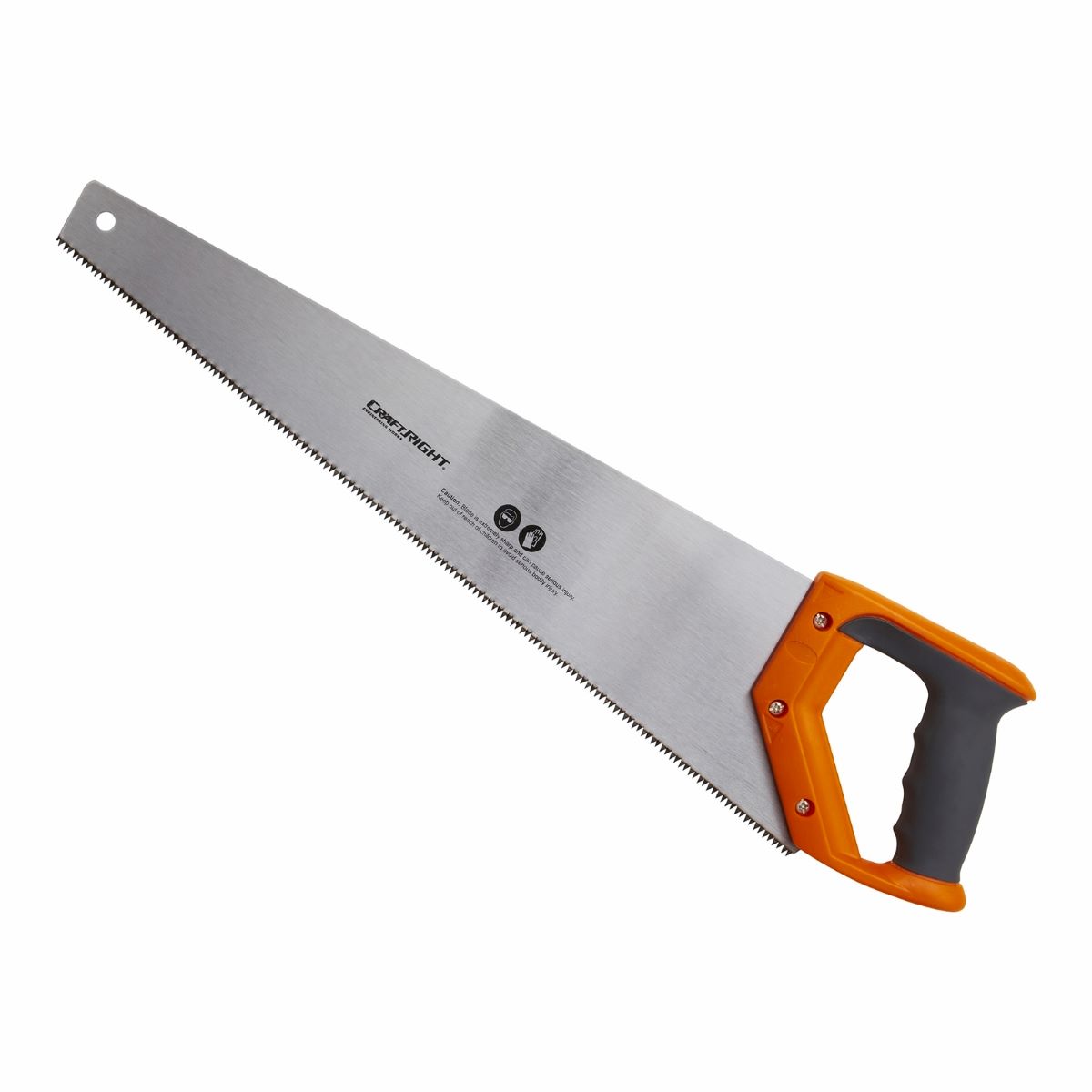

Articles
How To Store Saws
Modified: August 28, 2024
Learn the best practices for storing articles and keeping your saws in top condition. Find expert tips, ideas, and hacks for proper saw storage.
(Many of the links in this article redirect to a specific reviewed product. Your purchase of these products through affiliate links helps to generate commission for Storables.com, at no extra cost. Learn more)
Introduction
When it comes to storing saws, whether they are hand saws or power saws, proper organization and maintenance are crucial. Keeping your saws in good condition not only extends their lifespan but also ensures safe and effective use whenever you need them. In this article, we will explore the best practices for storing saws, including choosing the right location, cleaning and maintenance, organizing your storage area, and implementing safety measures.
By following these guidelines, you can keep your saws in optimal condition and easily access them whenever the need arises. So, let’s dive into the details of how to store saws effectively and efficiently.
Key Takeaways:
- Properly storing saws is crucial for maintaining their performance, longevity, and safety. From choosing the right location to implementing safety measures, following best practices ensures reliable and accessible tools for woodworking.
- Regular cleaning, rust removal, and the use of protective cases are essential for preserving saws. Organizing the storage area and implementing safety measures contribute to a secure and efficient woodworking environment.
Read more: How To Store Saw Horses
Choosing the Right Location
When storing saws, it’s important to consider the location where they will be kept. The right environment plays a significant role in preventing damage and deterioration. Here are a few factors to keep in mind:
- Temperature and Humidity: Avoid storing your saws in areas with extreme temperature or high levels of humidity. Fluctuations in temperature and excessive moisture can cause rust and damage to the blades. Aim for a cool, dry area with stable humidity levels.
- Avoid Sunlight and Heat: Sunlight can cause the handles and blades of your saws to fade and deteriorate over time. Heat can also warp the blades, affecting their sharpness and performance. Keep your saws away from direct sunlight and sources of heat.
- Protection from Water and Moisture: Ensure your saws are stored in a location where they are protected from water and moisture. Avoid basements or areas prone to leaks. Consider installing dehumidifiers or using moisture-absorbing products in the storage area to mitigate any excess moisture.
- Secure and Accessible: Choose a storage location that is secure and easily accessible. This will prevent accidental damage and allow you to conveniently retrieve your saws when needed.
By taking these factors into consideration when choosing a storage location, you can safeguard your saws and maintain their quality and performance over time.
Proper Cleaning and Maintenance
To ensure the longevity and optimal performance of your saws, it is essential to keep them clean and well-maintained. Regular cleaning and maintenance not only prevent rust and corrosion but also keep the blades sharp. Here are some steps to follow:
- Remove Debris: After each use, remove any sawdust, wood chips, or other debris from the blade and handle. Use a brush or compressed air to clean hard-to-reach areas.
- Inspect for Damage: Check the blade, teeth, and handle for any signs of damage, such as chips, cracks, or loose components. If you notice any issues, repair or replace the saw before storing it.
- Sharpen the Blade: A sharp blade is crucial for efficient cutting. Depending on the type of saw, you can use a file, sharpening stone, or specialized sharpening tool to maintain the blade’s sharpness. Follow the manufacturer’s instructions for proper sharpening techniques.
- Apply Lubrication: Lubricating the blade and moving parts of the saw helps prevent rust and ensures smooth operation. Use a lubricating oil or silicone spray, following the manufacturer’s guidelines.
- Protective Coating: Consider applying a thin layer of protective coating, such as wax or an anti-corrosion spray, on the blade to further prevent rust and moisture damage.
By incorporating these cleaning and maintenance practices into your routine, you can keep your saws in excellent condition and extend their lifespan.
Removing Rust from Saw Blades
Over time, saw blades can develop rust, especially if they are not stored properly or exposed to moisture. Rust not only affects the performance of the saw but can also lead to irreversible damage if not addressed promptly. Here’s how you can remove rust from saw blades:
- Cleaning Solution: Start by preparing a cleaning solution. You can use a mixture of equal parts vinegar and water or a rust remover specifically designed for tools. Apply the solution to the rusted areas and let it sit for a few minutes to loosen the rust.
- Scrubbing: Use a nylon brush or steel wool to gently scrub the rusted areas. Be careful not to apply too much pressure, as this can damage the blade. Work in small circular motions until the rust is removed.
- Rinse and Dry: Once the rust is removed, rinse the blade thoroughly with clean water to remove any residue from the cleaning solution. Dry the blade with a clean towel or allow it to air-dry completely.
- Apply Lubrication: After removing the rust, it is important to apply a layer of lubrication to prevent future rust formation. Use a lubricating oil or silicone spray and apply a thin coating to protect the blade.
It’s worth noting that prevention is key when it comes to rust on saw blades. Store your saws in a dry and moisture-free environment, clean them after each use, and apply a protective coating to avoid rust formation.
Storing Hand Saws
Properly storing hand saws ensures their longevity and protects them from damage. Here are some tips to consider when storing hand saws:
- Clean and Dry: Before stowing away hand saws, make sure they are clean and dry. Remove any debris or sawdust from the blade and handle using a brush or compressed air. Wipe the blade and handle with a dry cloth to ensure they are moisture-free.
- Handle Protection: To protect the handles from damage, consider covering them with a thin layer of wax or using a handle cover. This helps prevent moisture absorption and keeps the handles in good condition.
- Blade Protection and Organization: To avoid accidental damage to the teeth or bending of the blade, it is important to protect hand saw blades. Use blade guards or store the saws in a dedicated case or sheath specifically designed for hand saw storage. This not only provides protection but also makes it easier to organize and locate the saws.
- Vertical Storage: For optimal space utilization and ease of access, store hand saws vertically. This prevents any unnecessary pressure on the blades or teeth and minimizes the risk of accidental damage.
- Separate Storage: If you have multiple hand saws, it is advisable to store them separately to avoid any friction or contact between the blades. This prevents them from getting scratched or damaged.
By following these guidelines, you can ensure that your hand saws maintain their sharpness and remain in excellent condition for years to come.
Store saws in a dry place to prevent rust. Hang them on a pegboard or wall-mounted rack to save space and keep them organized. Use blade guards to protect the teeth and yourself.
Read more: How To Store Pole Saw
Storing Power Saws
Proper storage of power saws is essential to keep them in good working condition and extend their lifespan. Here are some tips to consider when storing power saws:
- Clean and Maintain: Before storing power saws, make sure to clean them thoroughly. Remove any sawdust or debris from the blades, guards, and other parts. Inspect the saw for any loose components or signs of damage, and address any necessary repairs or maintenance.
- Protective Case or Bag: Power saws often come with their own protective cases or bags. Utilize these to store the saws when not in use. These cases provide protection against dust, moisture, and accidental damage. Securely store the power cords as well, to prevent any tangles or damage.
- Secure Storage Area: Store power saws in a safe, dry, and secure area. Ensure that the location is away from direct sunlight and extreme temperatures. This will minimize the risk of damage to the saws and their components.
- Blade Removal: If you are storing the power saw for an extended period of time or if there is limited space, consider removing the blade. This prevents any accidental activation and reduces the risk of damage to both the blade and the saw itself. Store the blade separately in a protective case.
- Labeling and Organization: If you have multiple power saws or other tools, it’s beneficial to label and organize them for easy retrieval. This saves time and reduces the chance of mishandling or misplacing the tools.
By following these guidelines, you can ensure that your power saws are well-protected, readily available when needed, and maintain their performance and durability over time.
Using Protective Cases and Covers
Protective cases and covers are essential for safeguarding your saws from damage, dust, and moisture when they are not in use. Here is why and how you should use protective cases and covers:
- Protection from Impacts: Saws are prone to damage from accidental drops or impacts. Protective cases provide a sturdy and cushioned enclosure, minimizing the risk of dents, scratches, or other impact-related damage.
- Dust and Moisture Prevention: Dust and moisture can negatively affect the performance and longevity of saws. Protective cases and covers create a barrier to keep out dust, preventing it from settling on the blades and other components. Additionally, they help shield the saws from humidity and moisture, reducing the risk of rust or corrosion.
- Organization and Ease of Transportation: Protective cases allow for organized storage, especially if you have multiple saws or additional accessories. They often come with compartments and slots specifically designed to secure and organize the saws and their components. Moreover, cases with handles or wheels make it easy to transport the saws to different locations.
- Customized Fit: Many saw manufacturers offer protective cases and covers that are designed to fit their specific models. These cases are often molded to the shape of the saw, providing a snug and secure fit. This ensures optimal protection and reduces the likelihood of damage caused by movement or shifting within the case.
When using protective cases or covers, ensure that the saws are clean and dry before placing them inside. Make sure that the cases or covers are securely closed to provide complete protection. Store the cases in a suitable location, away from excessive heat, sunlight, or moisture.
By utilizing protective cases and covers, you can significantly prolong the lifespan of your saws and keep them in excellent working condition for years to come.
Organizing Saw Storage Area
An organized saw storage area not only saves space but also makes it easier to locate and access your saws whenever you need them. Here are some tips to help you effectively organize your saw storage area:
- Designated Storage Space: Dedicate a specific area in your workshop or garage for saw storage. This ensures that your saws have a designated spot and minimizes the risk of misplacing or losing them.
- Wall-Mounted Storage: Utilize wall space to store your saws vertically. Install hooks or hangers on the wall, allowing you to hang your saws securely. Wall-mounted storage not only saves space but also keeps the saws easily accessible.
- Tool Cabinets or Shelves: Invest in tool cabinets or shelves specifically designed for organizing tools. These cabinets have compartments and drawers that can accommodate different types of saws. Label the compartments to ensure each saw has its designated spot.
- Use Pegboards or Tool Racks: Pegboards or tool racks are versatile storage solutions that allow you to hang saws and other tools. Arrange the pegs or hooks to fit the size and shape of your saws, securing them in an organized manner.
- Keep Blades Separate: Store different types of blades separately, either in their protective cases or in separate compartments. This prevents them from getting mixed up and makes it easier to find the right blade when needed.
- Labeling and Inventory: Labeling your storage bins, cabinets, or racks helps identify the specific types of saws and blades stored in each area. Additionally, keep an inventory of your saw collection to track and manage your tools effectively.
Remember to periodically reassess and rearrange your storage area as your collection of saws evolves. This ensures that your storage system remains efficient and accommodates any new additions to your saw inventory.
By implementing these organizational strategies, you can create a streamlined and efficient saw storage area that saves time, minimizes frustration, and keeps your tools in optimal condition.
Safety Measures for Saw Storage
Safety should always be a priority when it comes to storing saws. Properly storing your saws not only protects them from damage, but also prevents accidents and ensures the safety of everyone in your workshop or storage area. Here are some safety measures to consider:
- Locking Mechanism: If possible, store your saws in a locked cabinet or storage unit to prevent unauthorized access. This helps keep your tools secure and minimizes the risk of accidents caused by inexperienced or untrained individuals.
- Childproofing: If you have children in your household, take additional steps to childproof your saw storage area. Keep the saws out of their reach by using childproof locks or storing them in a locked room away from their reach.
- Safe Handling: When storing or retrieving your saws, always handle them with caution. Ensure that the blades are protected and avoid any unnecessary contact with the sharp teeth. Keep your fingers away from the teeth and handle the saws by their handles or designated holding areas.
- Unplugging Power Saws: If you are storing power saws, remember to unplug them from the power source before placing them in storage. This eliminates the risk of accidental activation and keeps you safe during the storage process.
- Fire Safety: Keep your saw storage area clear of any flammable materials. Avoid storing saws near combustible materials, chemicals, or items that can easily catch fire. Install smoke detectors and fire extinguishers in the vicinity of your storage area and conduct regular checks to ensure they are in working order.
- Proper Disposal of Blades: When disposing of old or damaged blades, make sure to follow the proper disposal procedures in your area. Check local regulations or consult with local waste management authorities to ensure safe and appropriate disposal methods.
- Training: If you have individuals who will be accessing the saw storage area, make sure they receive proper training on saw handling, safety protocols, and emergency procedures. This helps prevent accidents and ensures that everyone is aware of the potential hazards associated with saws.
By implementing these safety measures, you can create a secure and hazard-free saw storage area, minimizing the risk of accidents and promoting a safe working environment.
Read more: How To Store Circular Saw
Conclusion
Properly storing your saws is essential for maintaining their performance, prolonging their lifespan, and ensuring the safety of yourself and others. By following the guidelines in this article, you can effectively store your saws and protect them from damage, dust, moisture, and accidents.
From choosing the right location to organizing your saw storage area, each step plays a crucial role in maintaining the quality and usability of your saws. Remember to clean and maintain your saws regularly, remove rust when necessary, and use protective cases or covers to provide an extra layer of protection.
Whether you are storing hand saws or power saws, implement safety measures such as locking mechanisms, childproofing, and responsible handling to prevent accidents. Paying attention to fire safety, proper blade disposal, and providing training to those who have access to the saw storage area further promotes a safe working environment.
By taking the time to properly store your saws and follow these best practices, you can ensure that your saws are always in top condition, easily accessible when needed, and contribute to a productive and safe woodworking experience.
Remember, proper storage today leads to reliable performance tomorrow!
Frequently Asked Questions about How To Store Saws
Was this page helpful?
At Storables.com, we guarantee accurate and reliable information. Our content, validated by Expert Board Contributors, is crafted following stringent Editorial Policies. We're committed to providing you with well-researched, expert-backed insights for all your informational needs.
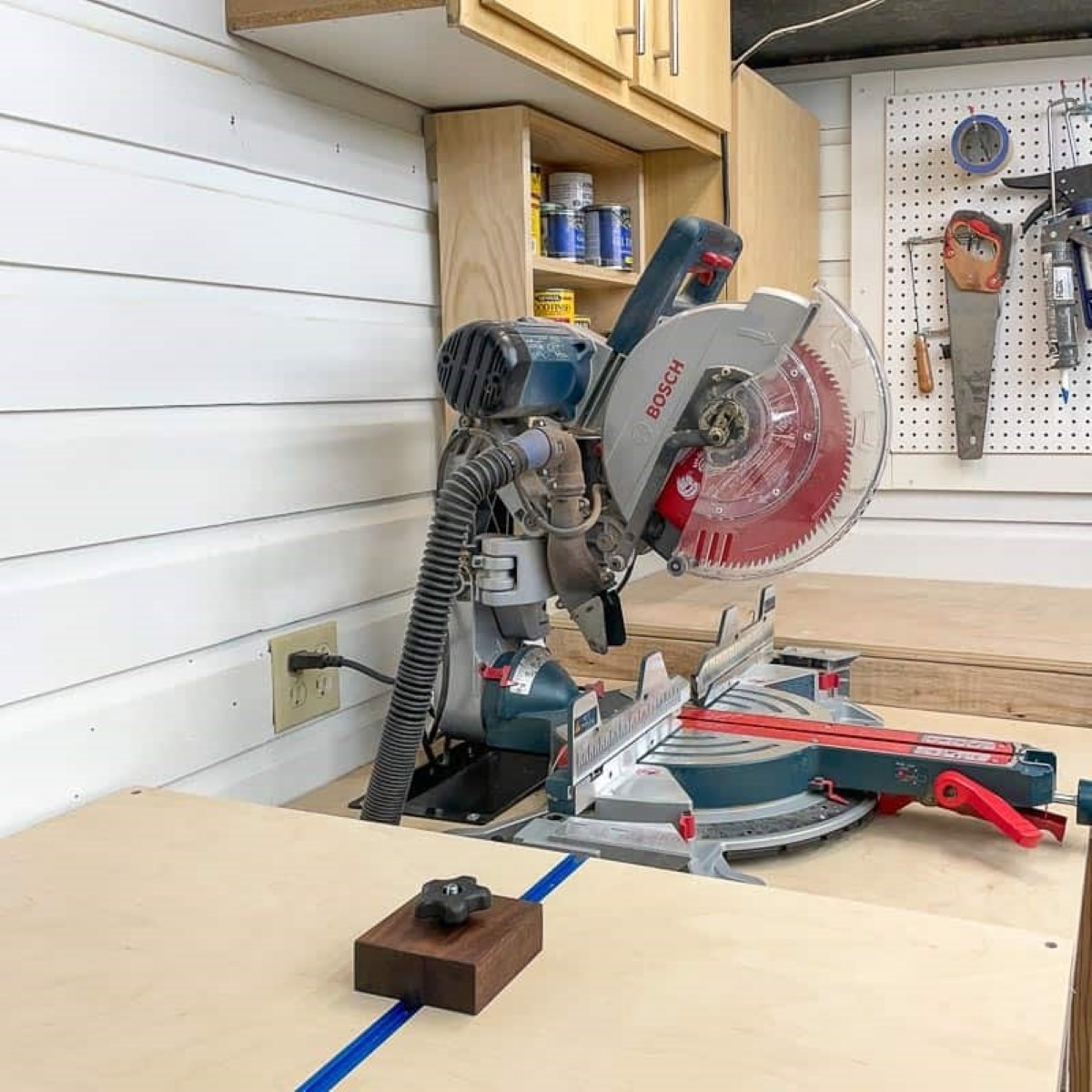
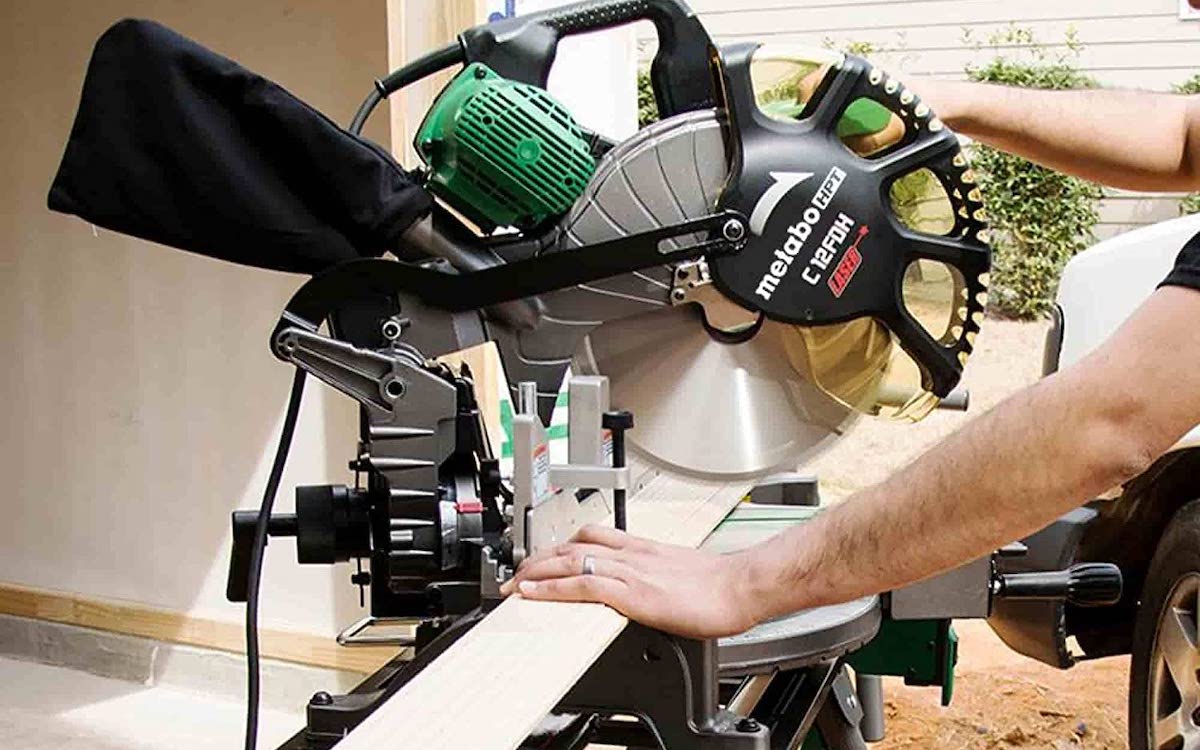
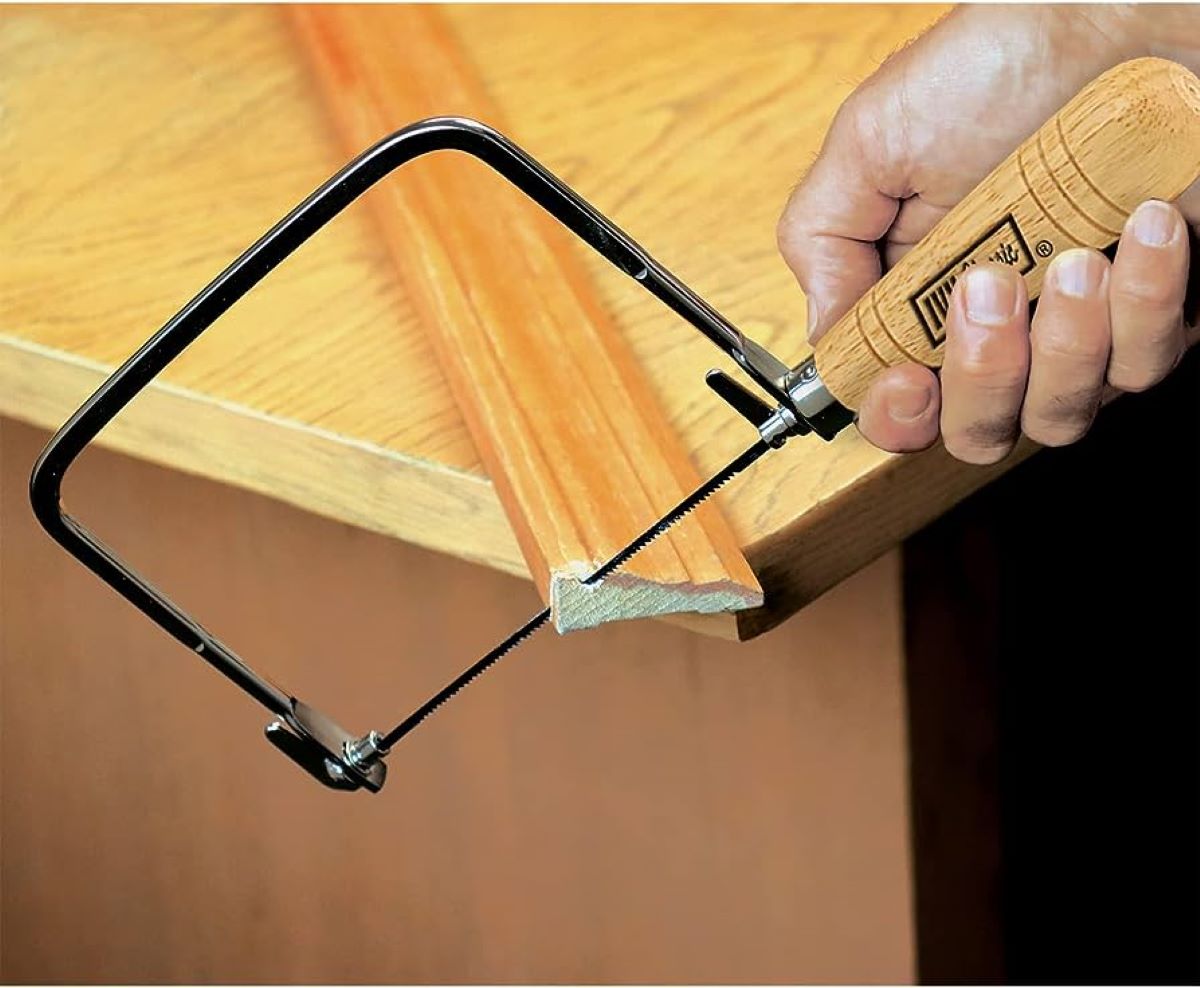
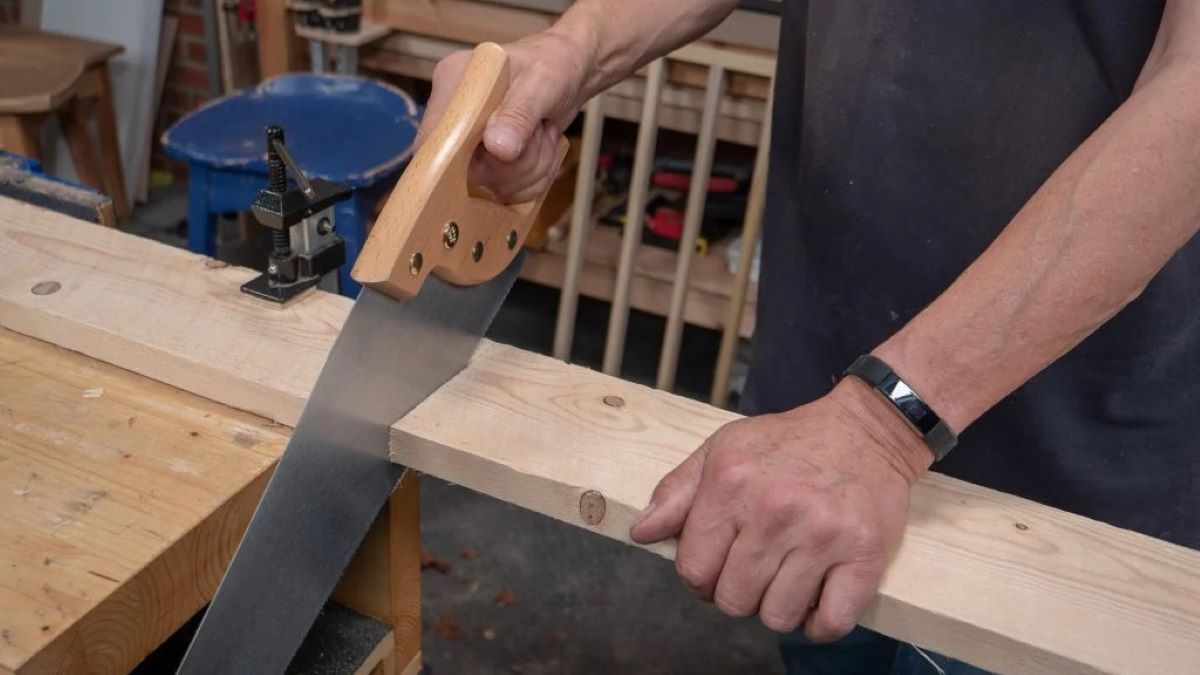
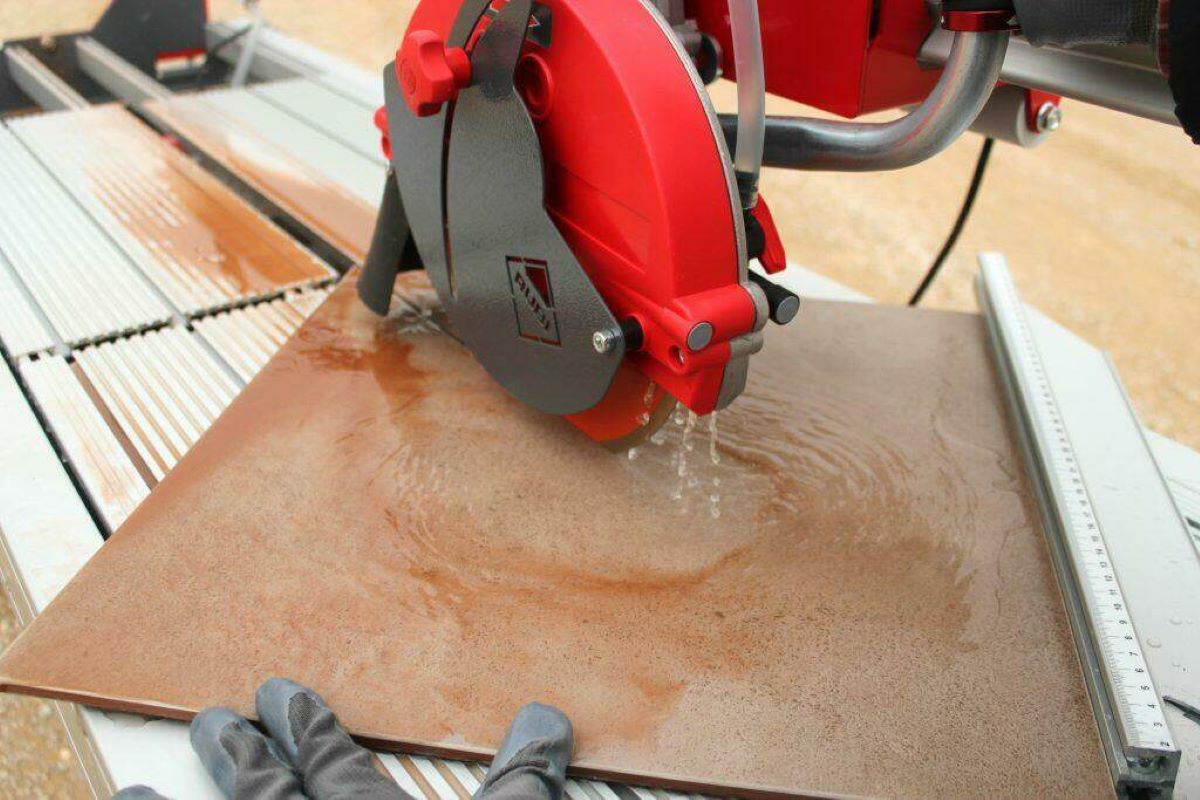
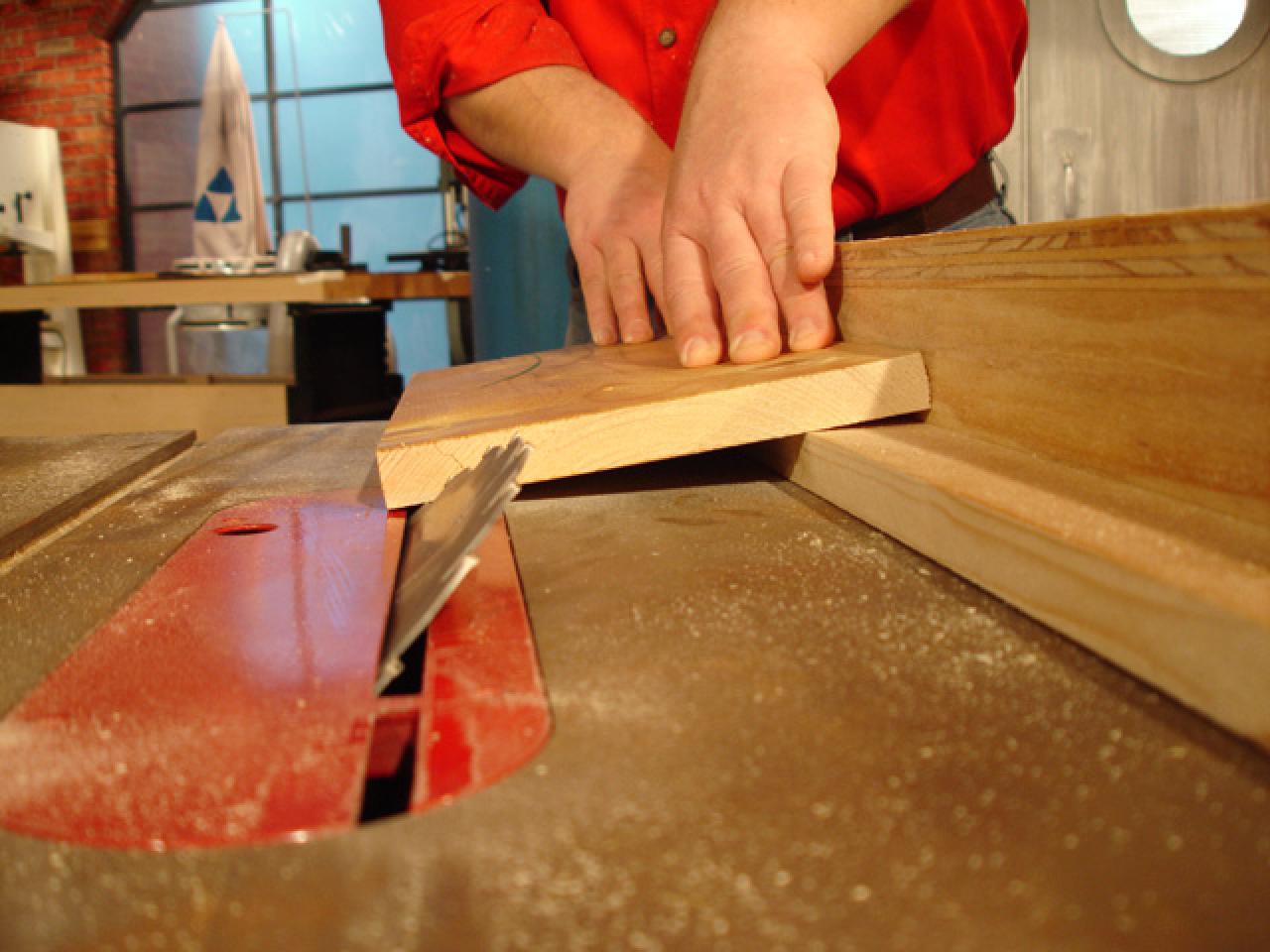

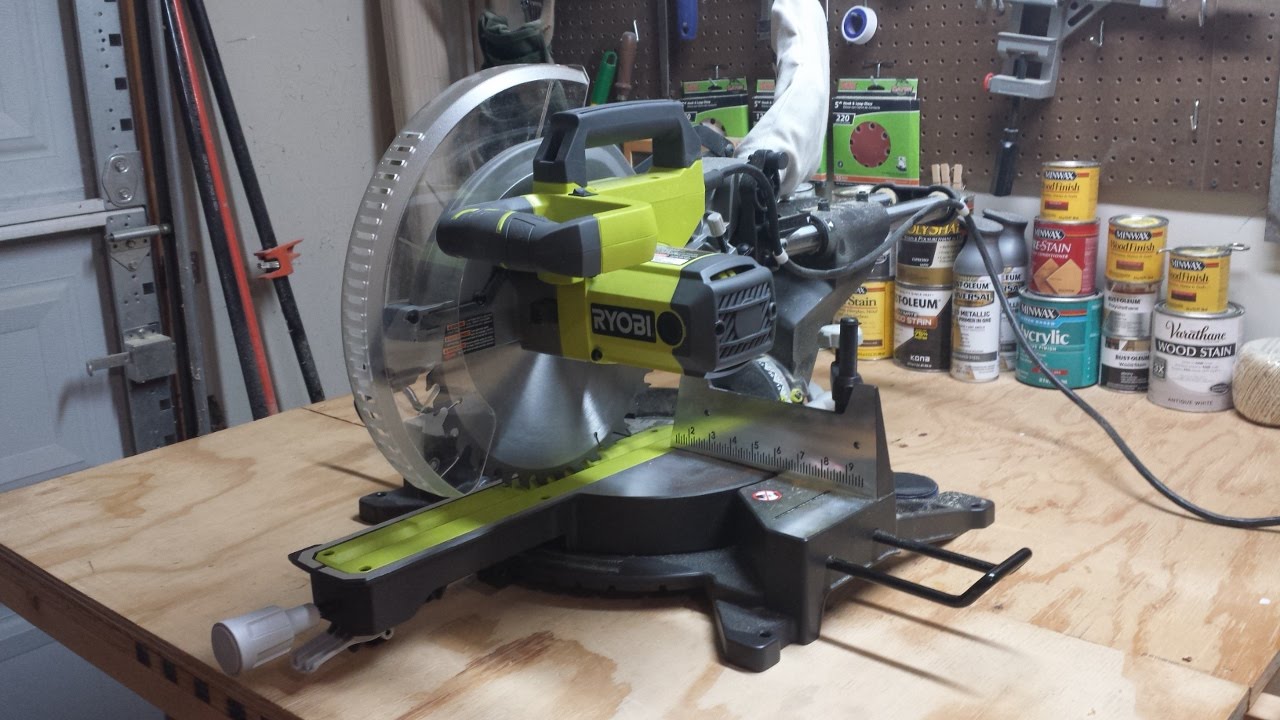
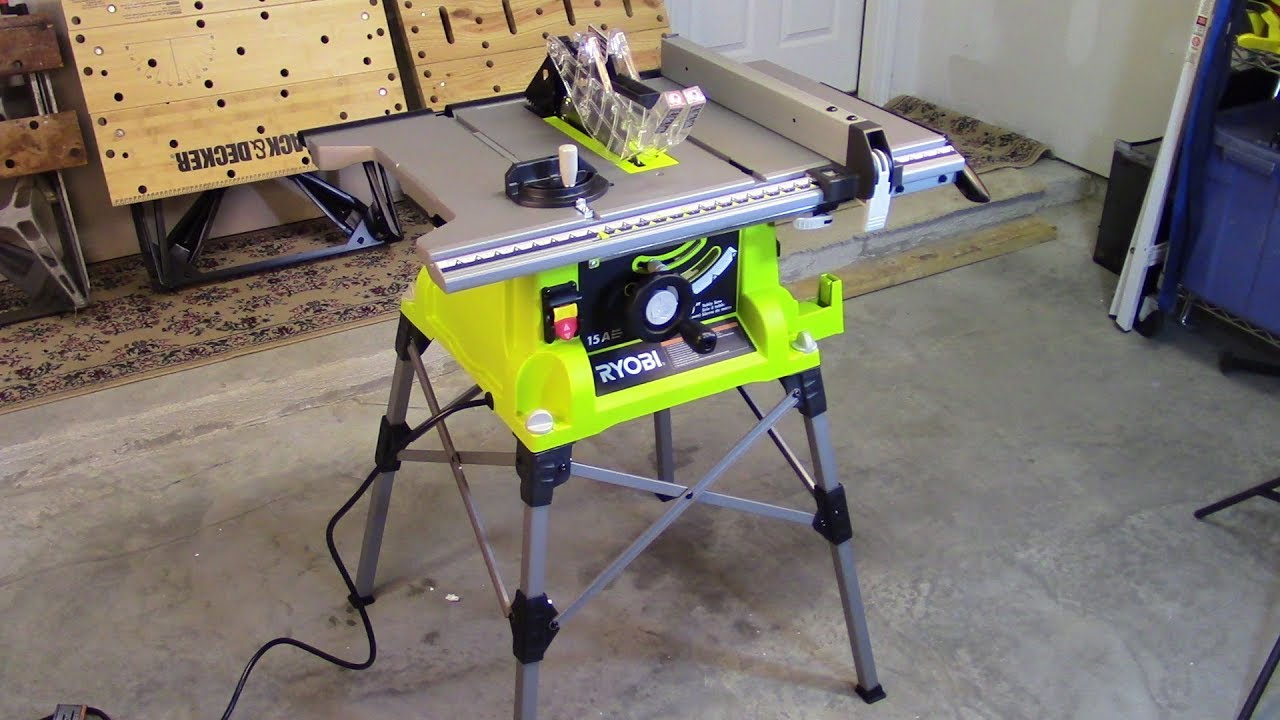
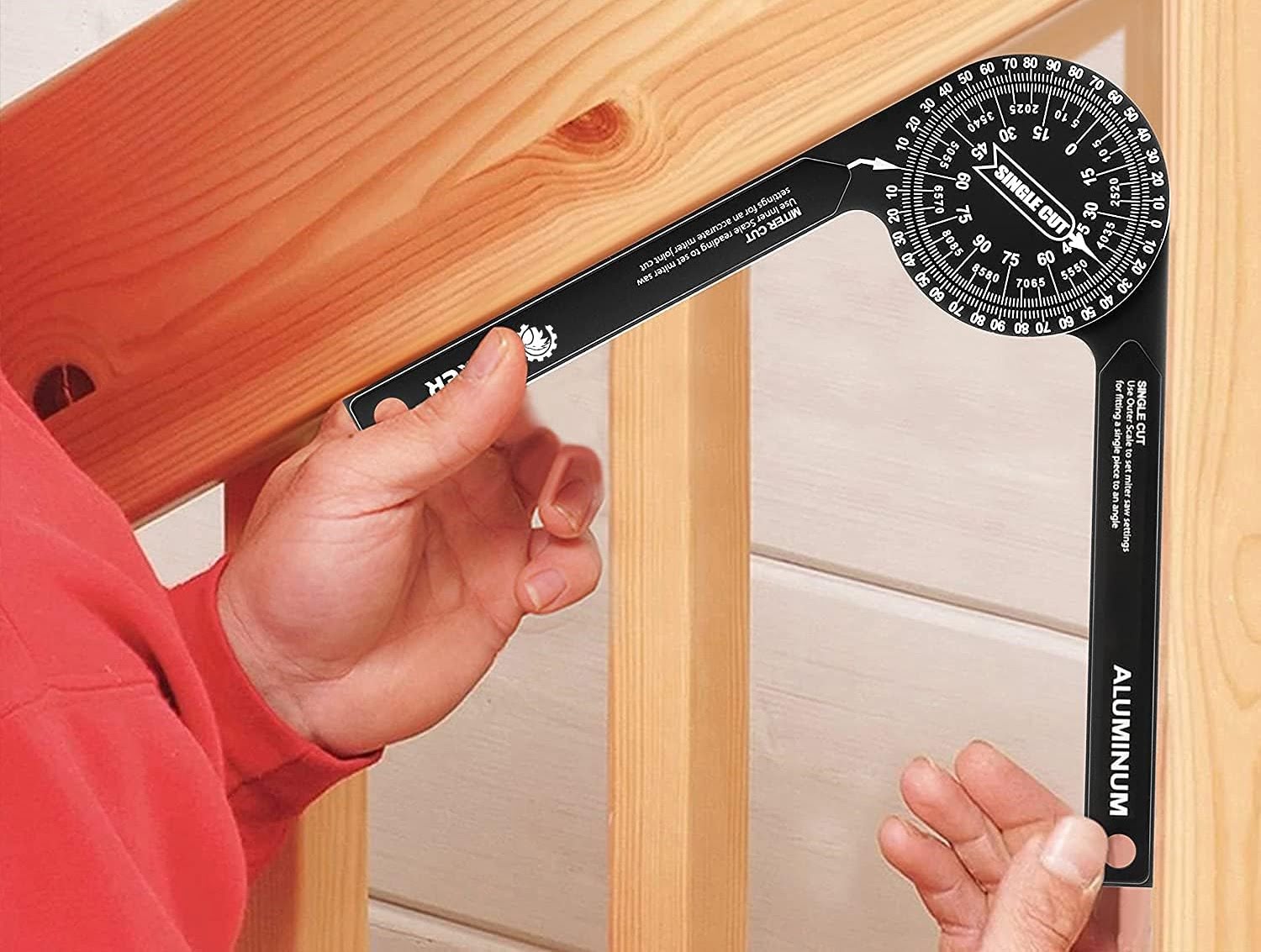
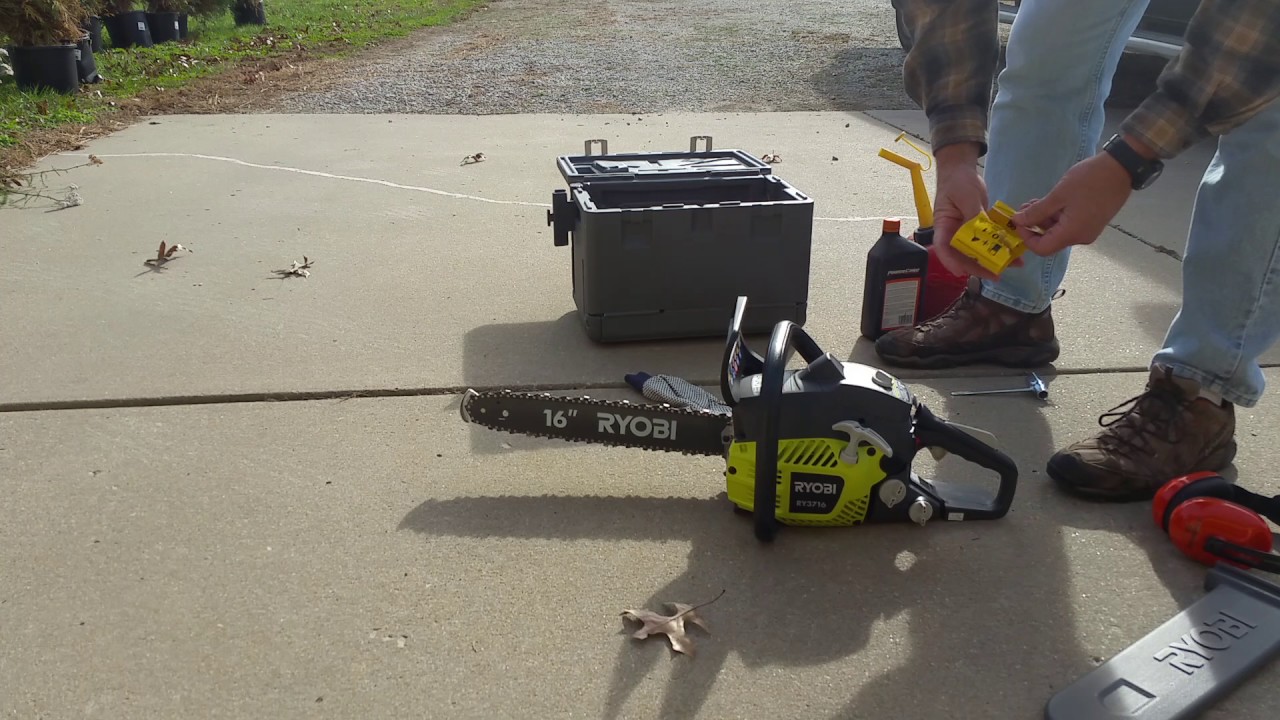
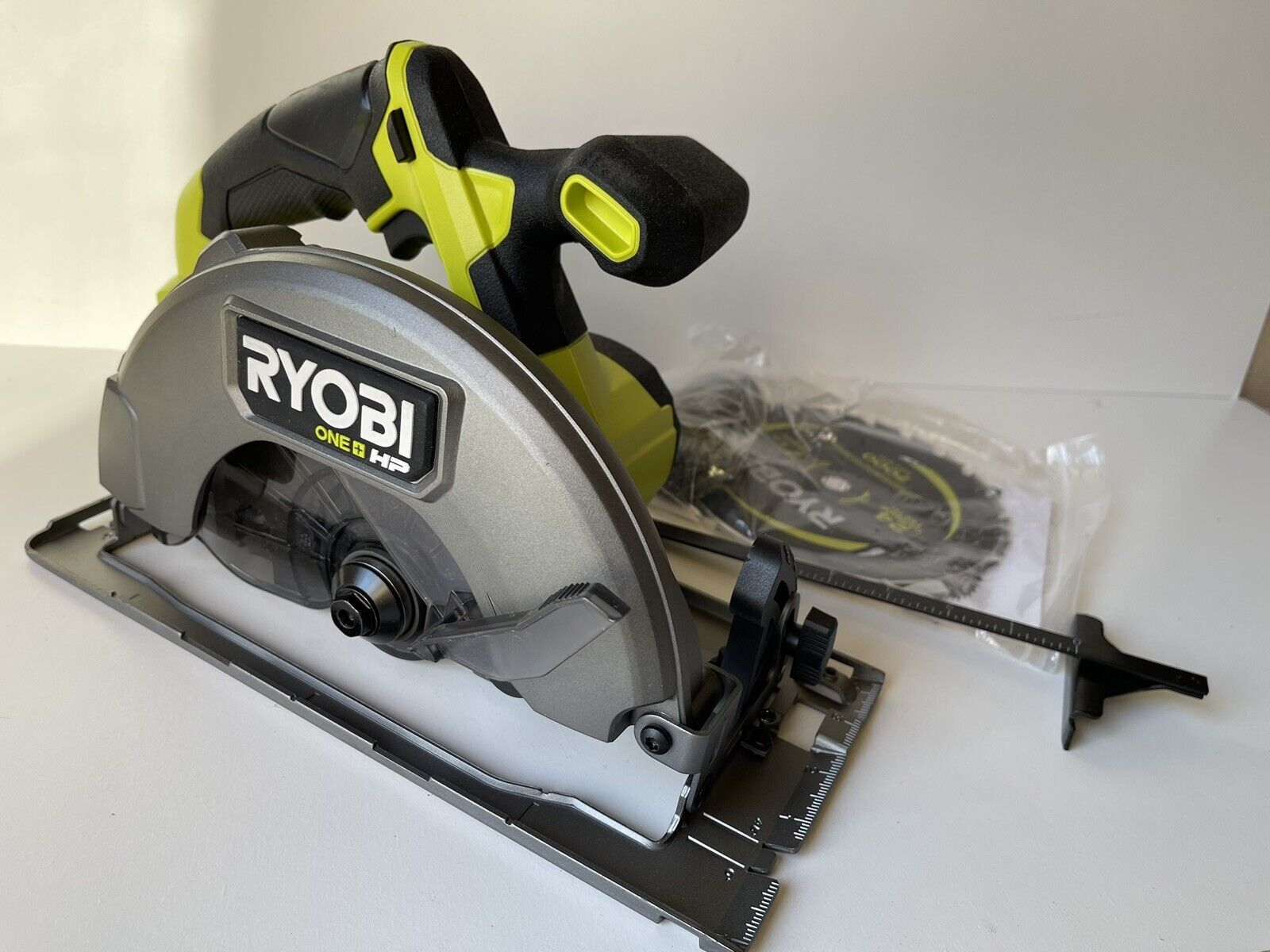
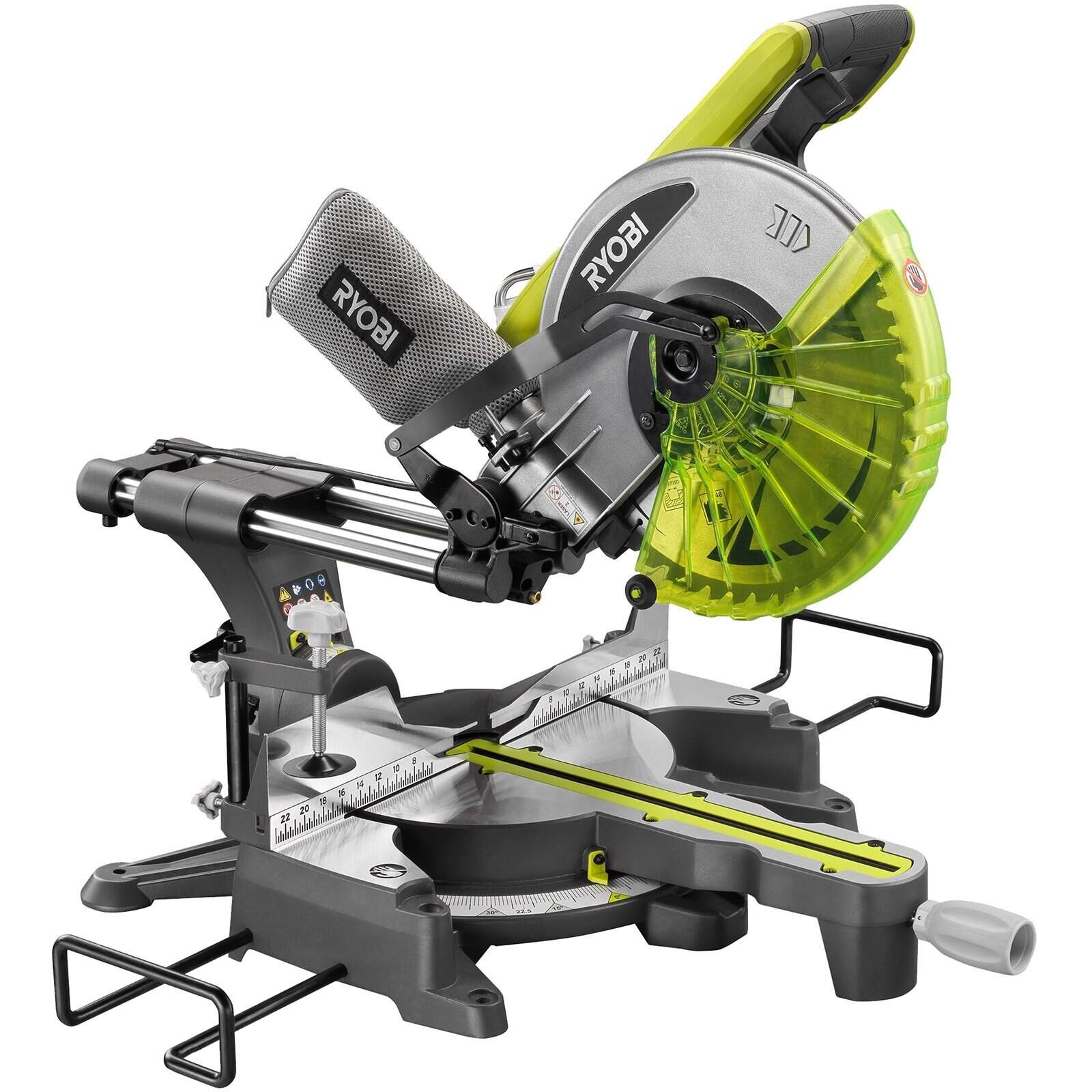

0 thoughts on “How To Store Saws”